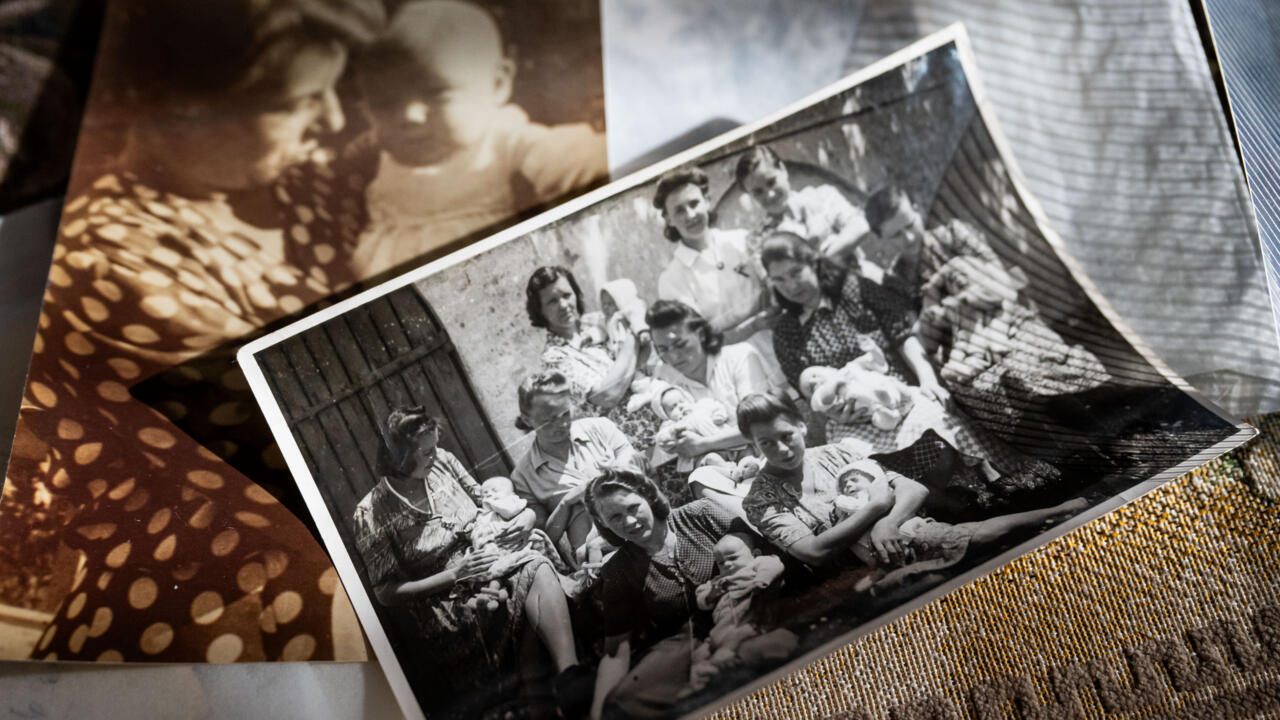French resistance member Madeleine Aylmer-Roubenne brought her daughter Sylvie into the world on March 21, 1945, in “a sort of corridor, no water, no toilet nearby or electricity, just a candle on the floor.”
Her German midwife, a common criminal, risked her life to get the forceps and chloroform from the infirmary which had a state-of-the-art birthing room with “all the obstetric instruments” you could imagine, Aylmer-Roubenne wrote in her memoirs of the camp.
The same solidarity saw women stealing food and rags for new mothers so they could make nappies and medical gloves to make teats for bottles.
“The women washed the babies with the lukewarm drink they got in the morning, warmed them and protected them from the guards,” said Prochnow.
“Alone my mother could never have kept me alive.”
The newborns were gathered together in the “Kinderzimmer” or children’s room from September 1944 where their life expectancy was no more than three months, wrote Marie-Jose Chombart de Lauwe, a medical student and French resistance fighter who tried to keep them alive.
Rats bit at their fingers at night. Almost all were taken by hunger, dysentery, typhus and the terrible cold, with temperatures dropping to minus 15 degrees Centigrade (five degrees Fahrenheit).
With the mothers being worked to exhaustion, most had no milk. There was little milk powder to put into the two bottles that were shared by between 20 and 40 babies.
“Mummy had no milk,” French survivor Jean-Claude Passerat-Palmbach recalled. “So a Romanian Roma woman and a Russian, who had lost their babies, breastfed me.”
Born in November 1944, he only survived because of the generosity of the other prisoners in the farm where his mother was sent afterwards.
Babies like ‘little old people’
The babies looked like “little old people”, Chombart de Lauwe said, with wrinkled skin, bloated tummies and triangular faces. They suffered from abscesses and green diarrhoea.
The situation got even worse in 1945. Around 6,000 prisoners were gassed and thousands of women and children sent to other camps as the Russians advanced. In total, between 20,000 and 30,000 people perished in Ravensbruck.
